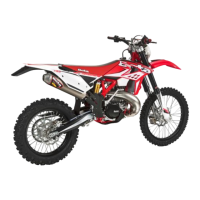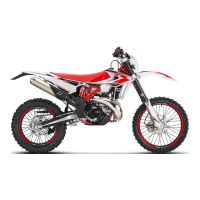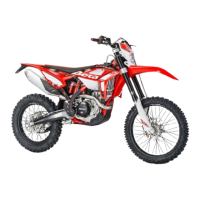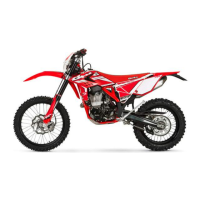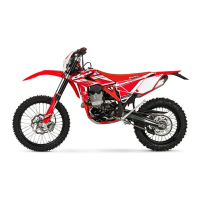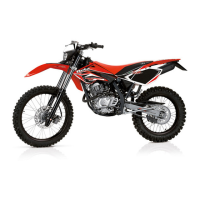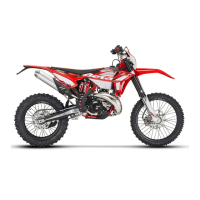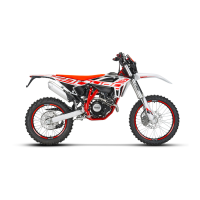Why is my Beta RR 300 2T engine misfiring?
- CChristopher FosterAug 8, 2025
If your Beta Motorcycle engine is misfiring, the spark gap might be wrongly adjusted, requiring you to restore it. Another possibility is a dirty spark plug, which should be cleaned or replaced.


